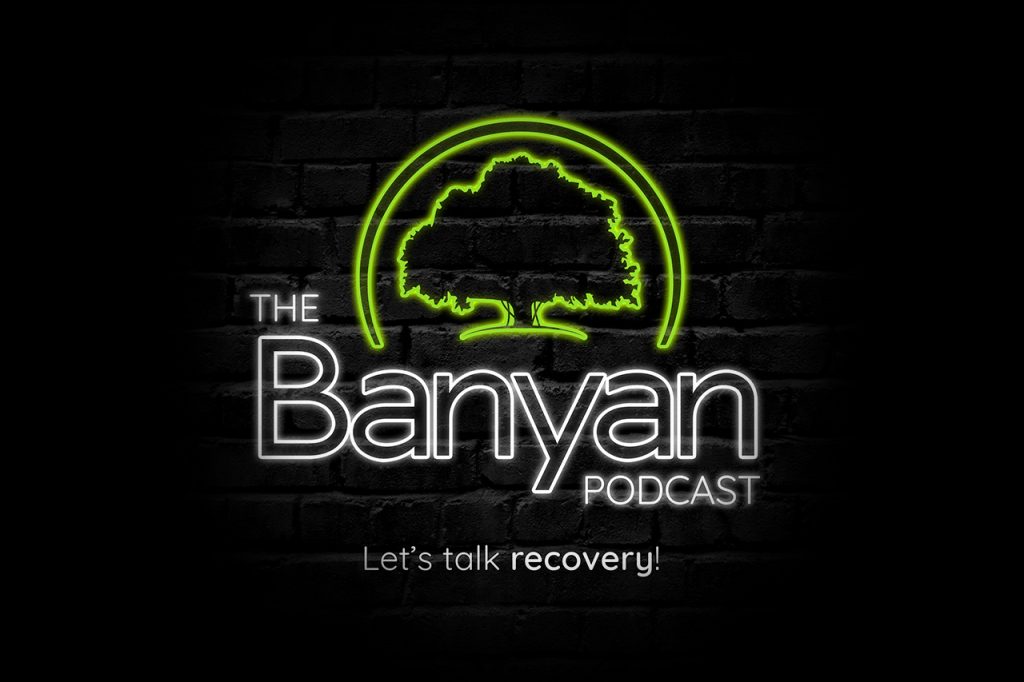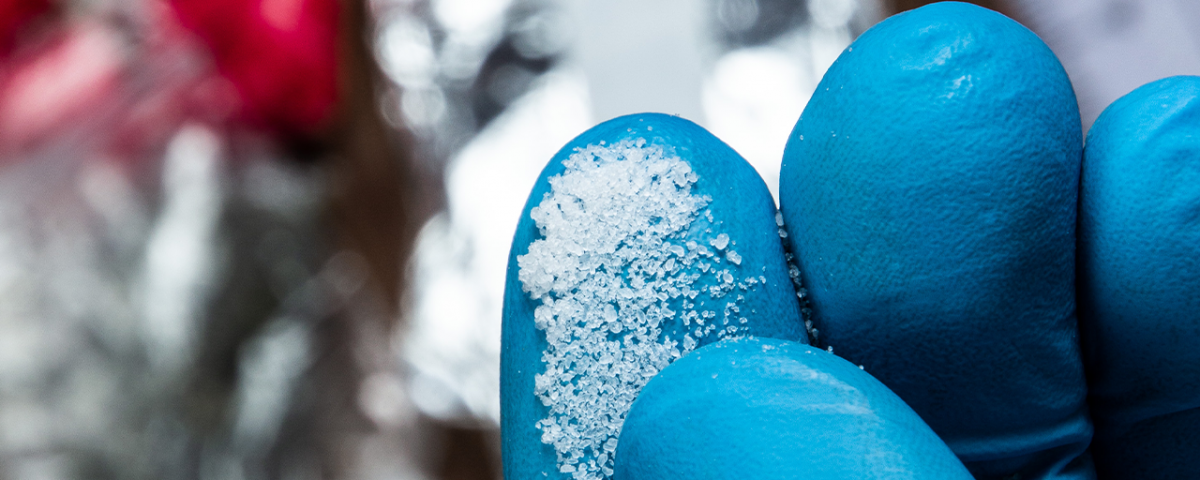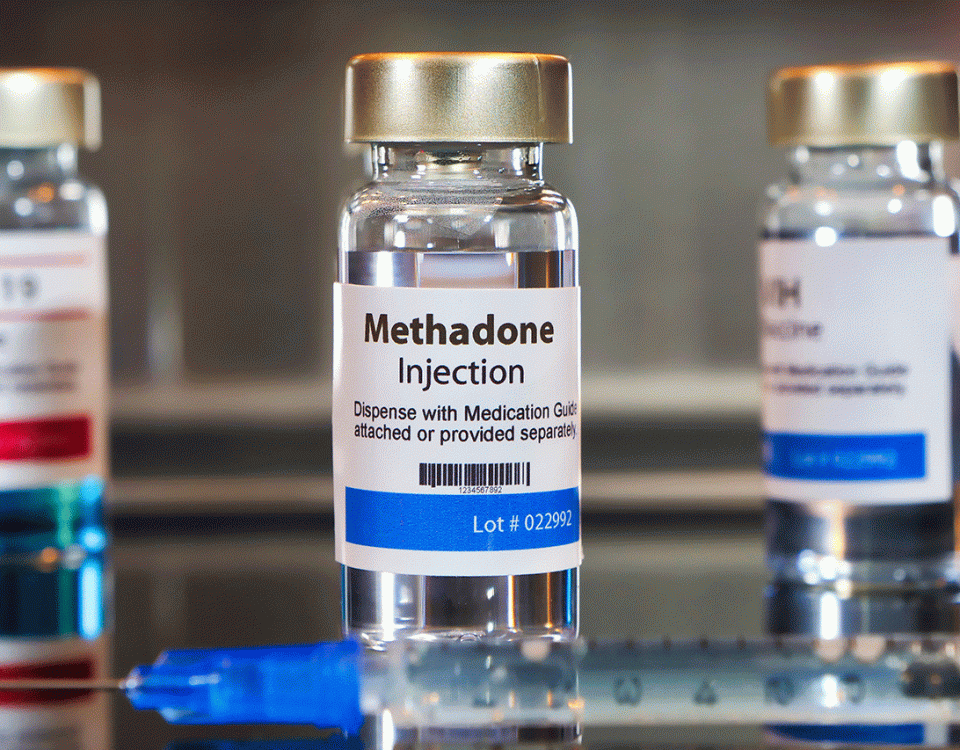The war on drugs has solidified the position that substances like cocaine have in society as a threat to public health. This is undoubtedly true, considering the rising number of Americans that have succumbed to overdoses in recent years. However, some may be surprised to learn of cocaine’s documented history in the world of medicine. Today, Banyan explores the concept of medical cocaine.
History of Cocaine as Medicine
Cocaine is a stimulant extracted from the coca leaves native to South America. It was first isolated as far back as 1860 when Peru’s Incan empire was noted for utilizing the substance as a medicine. But it was ophthalmologist Karl Koller that discovered its ability to effectively numb tissue before surgery. In 1884, the first official demonstration of him using cocaine as an anesthetic to help the medical community was seen. Before this discovery, eye surgery was particularly troublesome due to the delicate reflexes of the organ.
Over the next 20 years, there was an increase in instances of cocaine used in medicine, noted for its ability to cure a wide range of illnesses and diseases. Unfortunately, its reputation of addiction quickly spread, and it went on to be classified as a controlled substance by the United States Government.
What Is Cocaine Used for Medically Today?
Fast forward to the present day. Drug rings continue to be busted daily, highlighting cocaine’s turbulent standing in American cities. However, its benefits can still be utilized in controlled settings. The American Academy of Otolaryngology (ear, nose, and throat specialists) views cocaine as an effective vasoconstricting agent, which means that it can help restrict blood vessels when handled by a licensed physician. The fact that it is so effective as an anesthetic is attributed to its chemical relation to lidocaine, another popular painkiller used during dental surgeries and procedures.
Another way that cocaine is used in medicine is during procedures that involve the upper respiratory tract. It does so by effectively minimizing mucous membranes. To be clear, when the drug is used in medical procedures, it is done so topically with a cocaine hydrochloride solution. This does not mean it is without its risks.
Medical Cocaine Risks
Like any drug, topical cocaine possesses several side effects, including:
- Nausea
- Headache
- Dizziness
- Abdominal pain
- Sweating
- Racing heartbeat
- Restlessness
- Hallucinations
- Body chills
There is also an extensive list of drugs that topical cocaine is not advised to be used with. Some examples include:
- Amphetamine
- Codeine
- Fentanyl
- Fluoxetine
- Hydrocodone
- Lithium
- Methadone
- Morphine
- Oxycodone
- Tramadol
- Trazodone
Is Medical Cocaine Worth the Risks?
Cocaine as medicine is no longer a common practice, and for a good reason. Although benefits are possible, the side effects are plentiful, as are the risks. While the way it is used medically is drastically different from how it is used illicitly, the point still stands that its dangers outweigh its perks.
According to a 2020 survey, over 5 million people above the age of 12 reported using cocaine within a 12-month period.1 The amount of damage a cocaine addiction can cause is insurmountable, something our Banyan drug rehab is well aware of. All Banyan locations are equipped with the necessary tools and resources to aid you at whatever stage of recovery you may be.
Call Banyan at 888-280-4763 for more information on our addiction treatment centers.
Related Readings
Can Cocaine Cause Memory Loss?
Resources




















